
For NDIR Gas analyzer, the main components are an infrared source (lamp), a sample chamber or light tube, a wavelength filter, and the infrared detector. The gas is pumped (or diffuses) into the sample chamber, and gas concentration is measured electro-optically by its absorption of a specific wavelength in the infrared (IR). The IR light is directed through the sample chamber towards the detector.
The detector has an optical filter in front of it that eliminates all light except the wavelength that the selected gas molecules can absorb. Ideally other gas molecules do not absorb light at this wavelength, and do not affect the amount of light reaching the detector. The detector measures the attenuated signal depending amount of gas absorption and it is proportional to the measured gas concentration.
Also Read: Infrared Non Dispersive CO2 Analyzer Working Principle
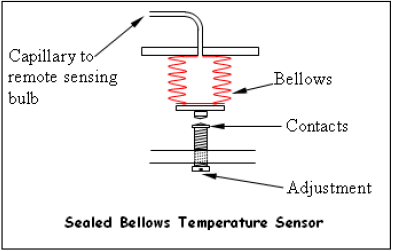
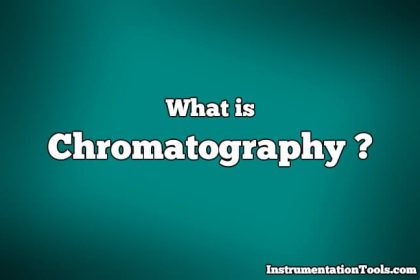
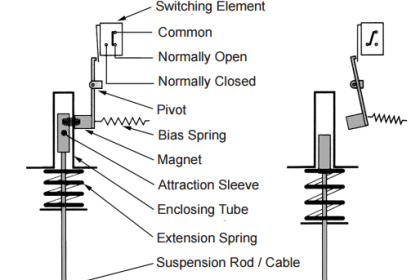
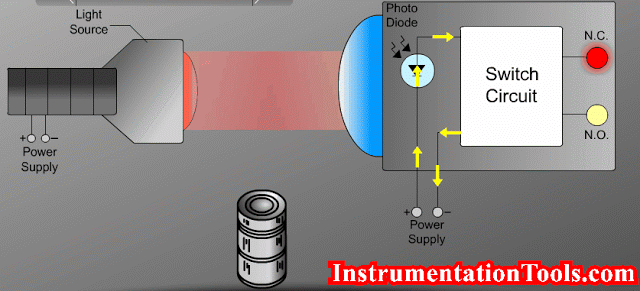
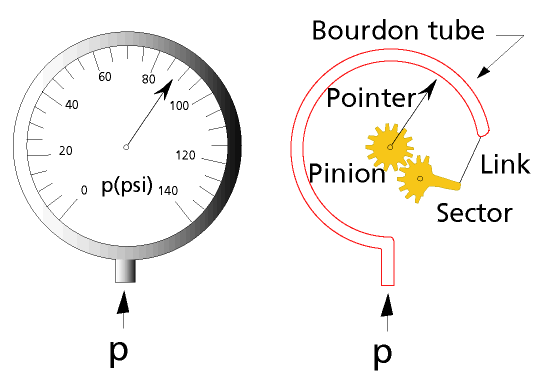
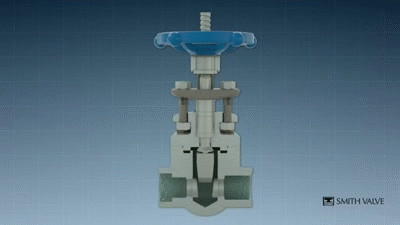
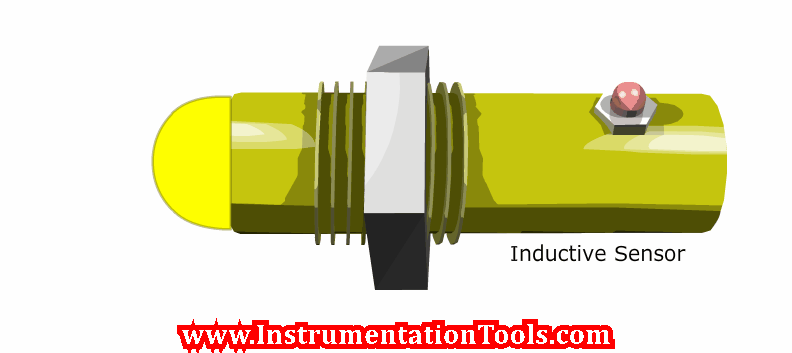

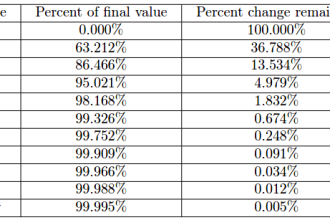

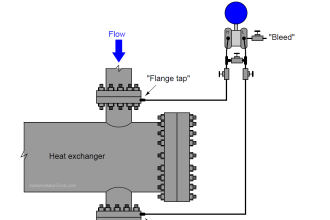
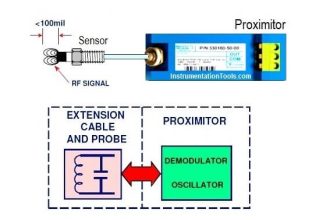
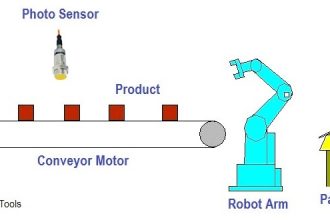

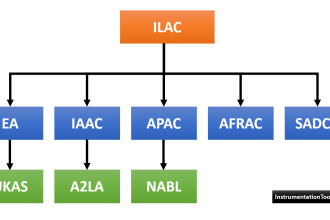
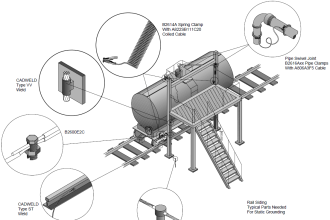

thank you
Thank You so much sir
how much it cost initially? and what is the cost to operate it (yearly)?
thanks